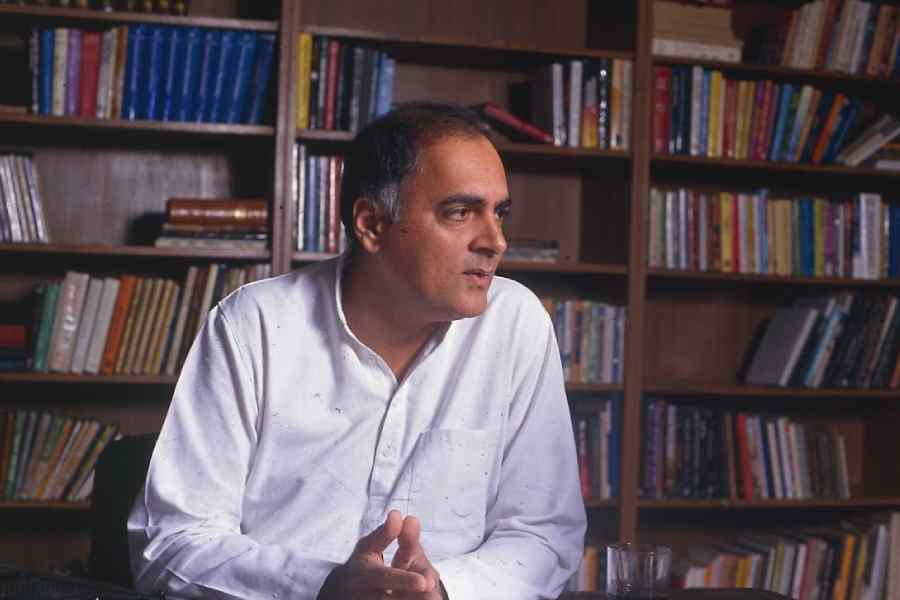On his first visit to Calcutta since winning the Pritzker Prize, considered the Nobel for architecture, the sprightly 90-year-old Balkrishna Doshi was deeply happy.
“The award was like a crowning glory. I was on the jury of the Pritzker Prize and I know the kind of work they look at and celebrate. That they decided to look into my work is a wonder because I am from India, practising Indian architecture, Indian attitude, Indian aesthetics, Indian life. I have not built opera houses or anything. What I have built is intrinsically Indian and it’s an honour that they chose my work,” Doshi said while interacting with reporters before addressing the architectural fraternity of the city at Eco Centre, Salt Lake.
Doshi was back in the city after 10 years and is happy to see how it has changed “after Mamata took over”.
“The roads are wide, clean. The city has become livelier, greener, quieter. Salt Lake and Rajarhat are bubbling with life,” he said.
Talking about his life and work, Doshi said: “I got to do the things I wanted to. There is the requirement of the client, demands of the site, location. And then there are aspirations of your self, you want to create satisfaction for everybody, including the environment.”
Of his creations in Calcutta, Ambuja Neotia projects of Udayan and Upohar, the architect said: “Every project was not meant to be developer-oriented. These projects could give to society and it’s users a thing to cherish. Architecture creates environments useful and enjoyable that last for generations.”
Beginning his career 65 years ago when there was a paucity of cement and steel, as well as jobs, Doshi set about “empowering people, building housing complexes for the people that was typically suited for the Indian way of living life.”
Though he trained under Le Corbusier, who belonged to the European school, and was also influenced by Lois Kahn, an American architect, Doshi was unique in terms of aesthetics and approach.
“Even when Corbusier came to India, he shifted from his earlier approach and built something that was suited to the Indian life, culture, climate, diversity. He looked at Indian things much more than I have seen,” he said of his mentor.
About the built colonial heritage in the city, the architect was clear: “Colonial buildings are a virtue for us. They are connected to history and time. Just because the character of the buildings are colonial and by nature alien, we do not demolish them.”
His advise to the young builders is to be more sensitive to our attitude to culture, history and society.










